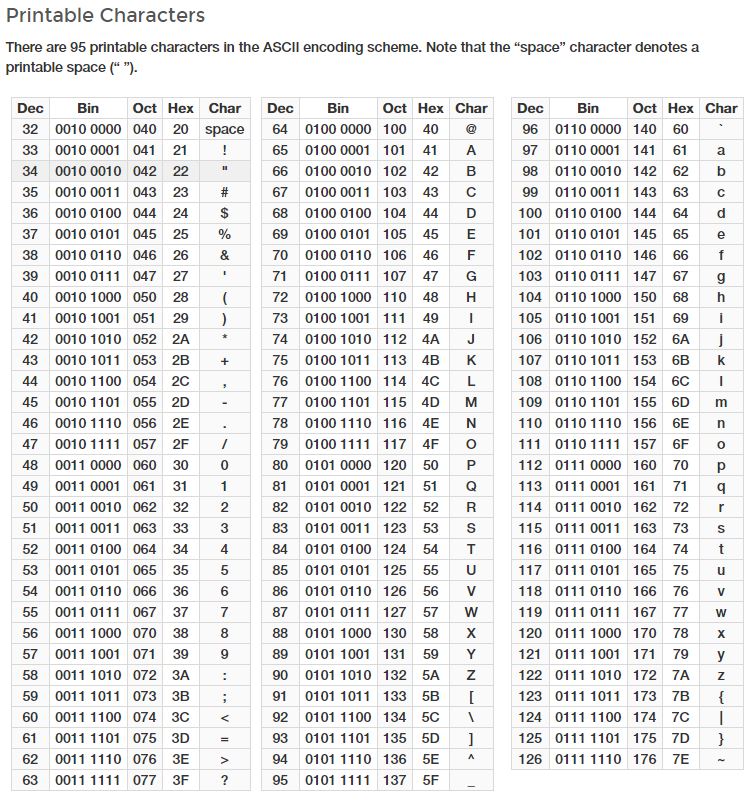Capacitive Sensor - Rotation
My final project is to create a sensing arm that can add points into rhino. The key sensor in such an arm, is rotational, and therefore it would be great to make my own rotational sensor. Inspired by Niel’s capacitive sensors, and matt ketter’s absolution rotational capacitive sensor. I did not know how to read values from the Attiny into the computer, and so the first step was to work out how serial communication works! Niel’s scripts sends bytes of information through the serial port to a python script, but I wanted to be less hardcore, and read human friendly values in the Arduino or firefly serial port. When I plugged in Niel's code it gave me a chain of unreadable characters.
After a deep google into ASCII communication, I was able to test a piece of code on a button board from week 6. I looked at the ASCII datasheet, and selected hexadecimal letters., i was able to get my chip to display my desired value in the serial monitor.
put_char(&serial_port, serial_pin_out, (75));
char_delay();
put_char(&serial_port, serial_pin_out, (64));
char_delay();



The next step is to try and input these values into rhino. Firefly can read ASCII values, so i was able to set up the basic firefly script to read values into the workspace.

With the ability to see values in a useful way, i next started to make the capacitive sensor. From reading about Matt Keeter''s rotary capcaitive sensor, it seemed that a really clean current was paramount. So i first designed a curcit that would give me a clean signal using a regulator.







After a lot of trial and error, i wasn't able to get useful angle values from my capacitive sensor, and was a bit fustrated. I spoke to the architecture section TAs and came to the conclusion that it was proberbly due to the small size of the sensor - so I decived that for the next week i would make a sensor with a larder area, and a tighter control on the gap. It also became very apparent that the sensor has too responsive to my hands. If i moved them close it made a large spike in the reading. There are also questions about the dielectric material - i was using wood but it might perform better with a material like Latex, which has a high dielectric constant. Furthermore, week i'll try to create a grounded sheild so that the capacitive field doesn't get distored by outside currents.